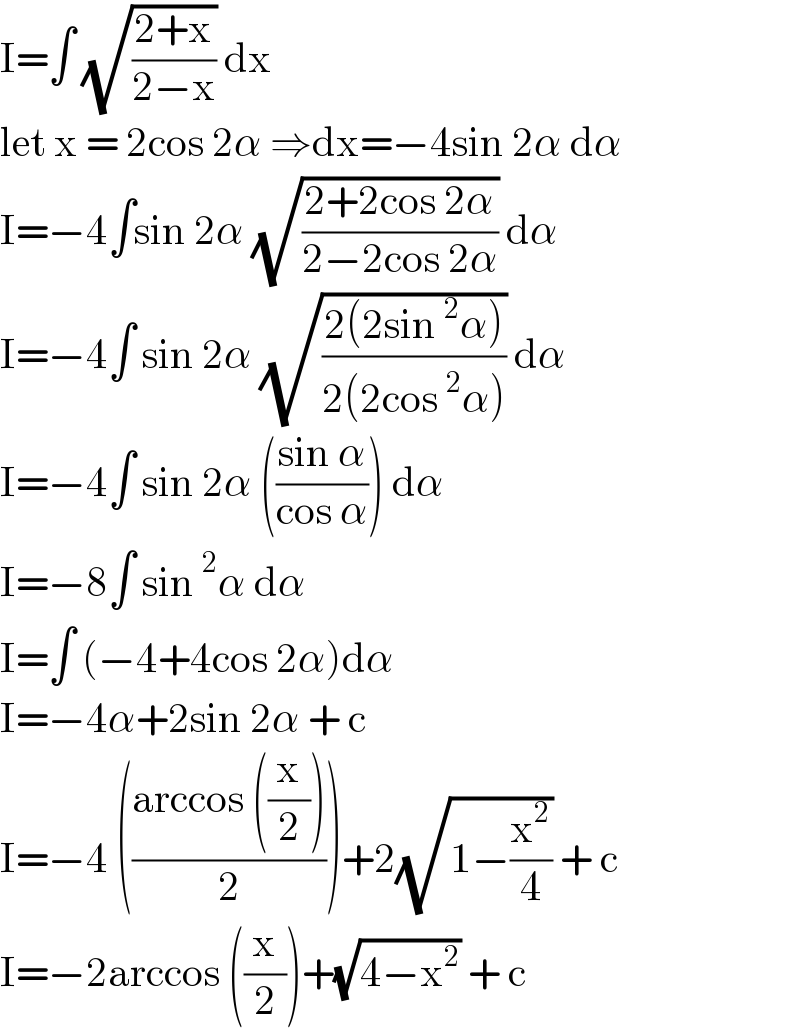
Question and Answers Forum
Question Number 136907 by leena12345 last updated on 27/Mar/21
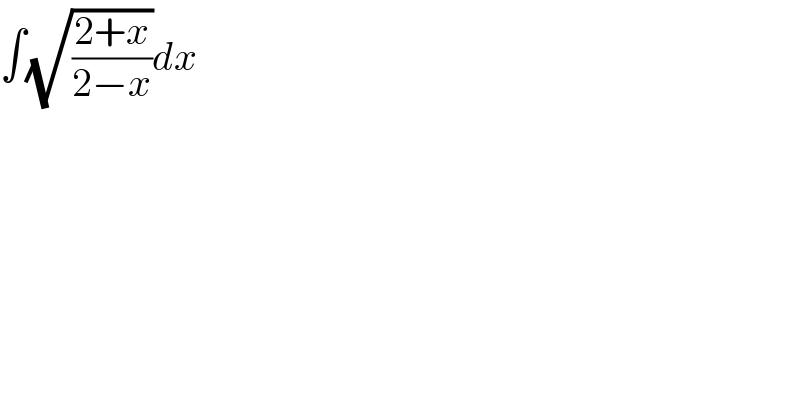
Answered by Mathspace last updated on 27/Mar/21
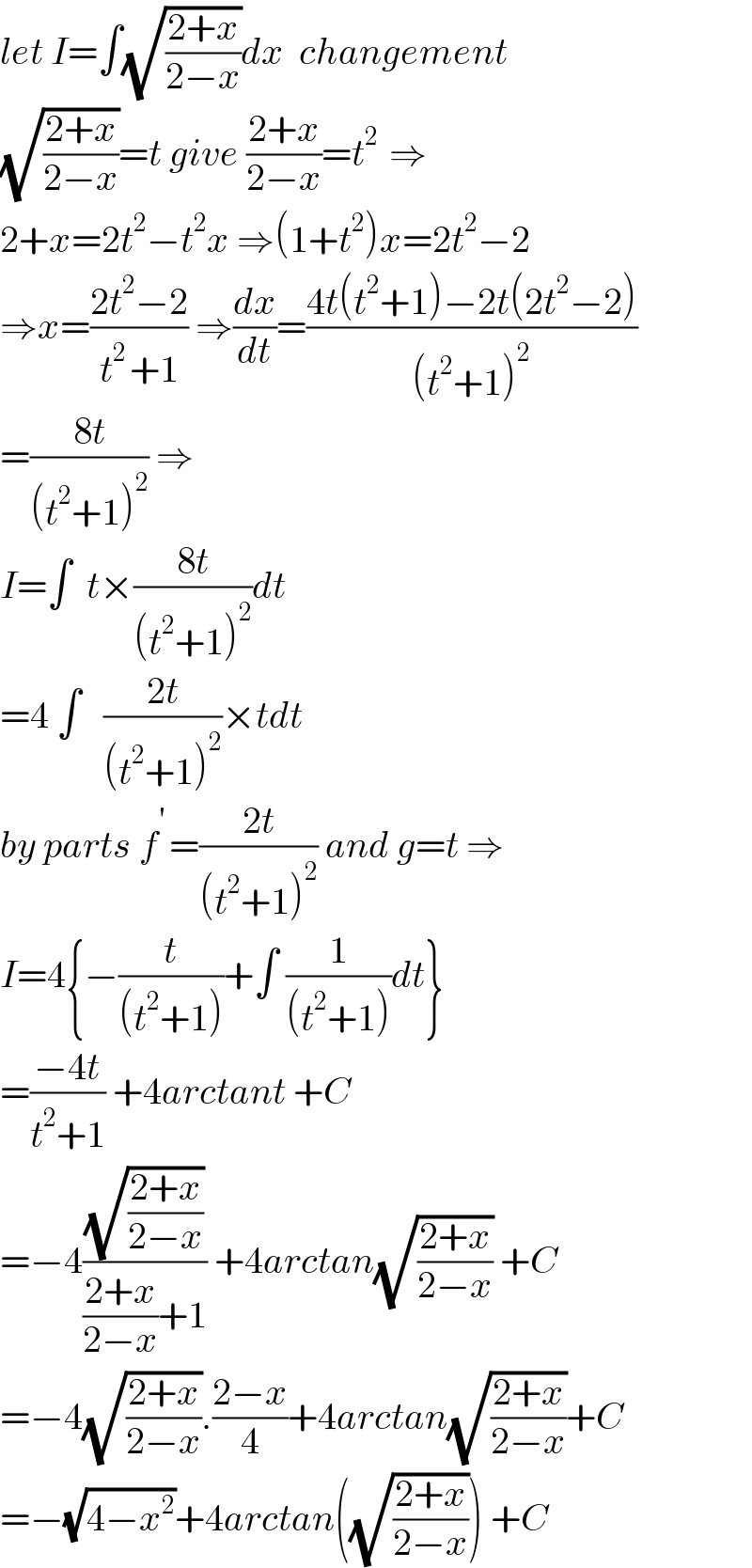
Answered by Dwaipayan Shikari last updated on 27/Mar/21
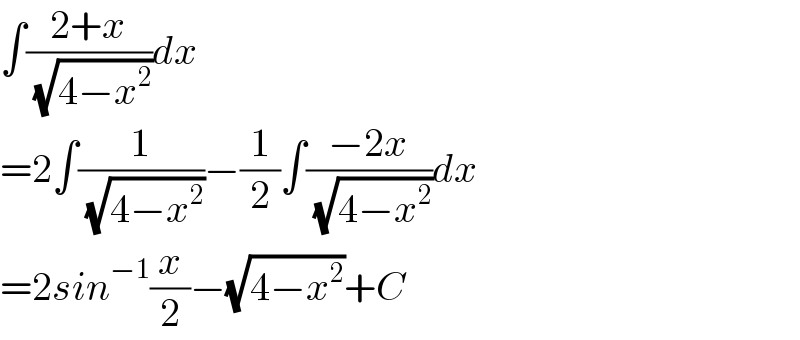
Answered by Mathspace last updated on 27/Mar/21
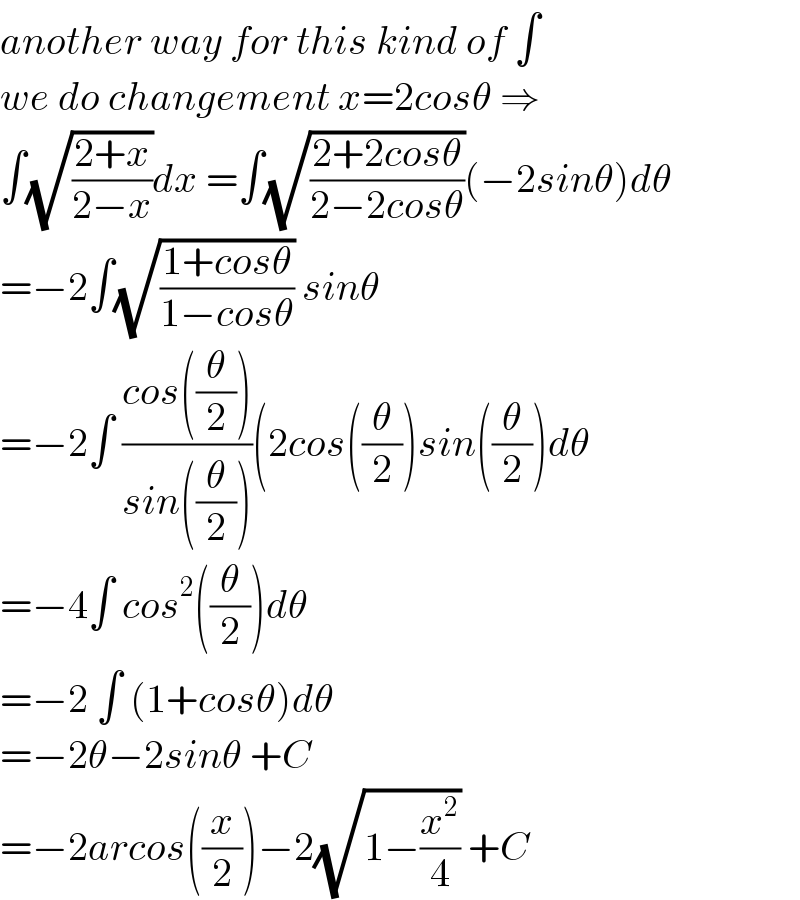
Answered by liberty last updated on 27/Mar/21
